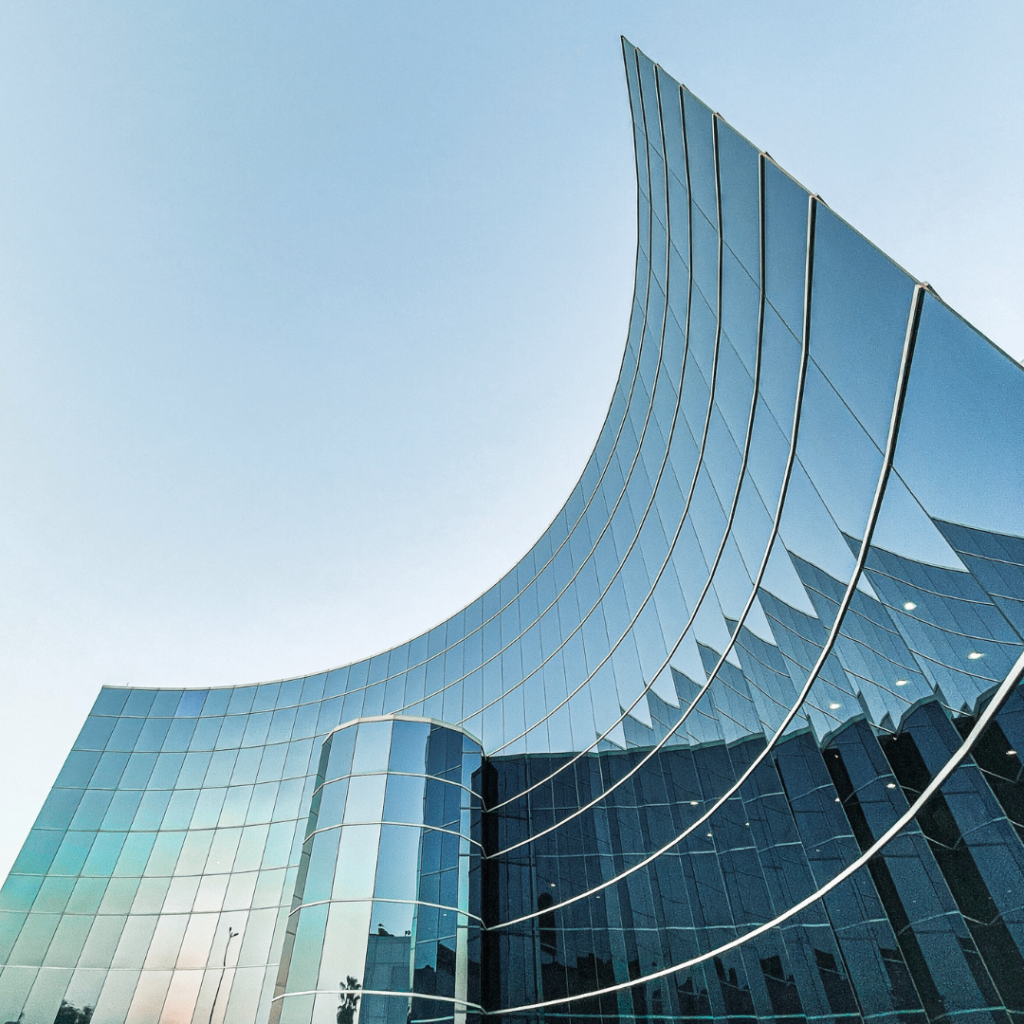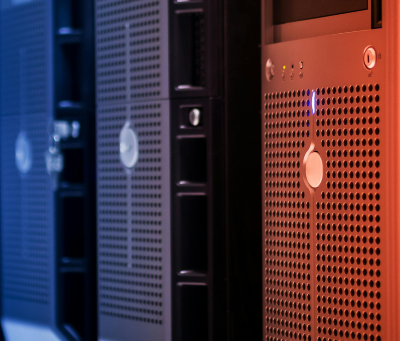The Critical Role of IT Modernization

Why IT Modernization Is More Than Just an Upgrade
In today’s fast-paced digital environment, businesses face rapid technological evolution, escalating security threats, and increasing demands for scalability and operational efficiency. IT modernization is no longer a luxury or a one time upgrade—it is a strategic imperative. It entails restructuring and
reinventing technology environments to enhance agility, security, and long-term resilience.
Organizations operating on outdated infrastructure or legacy systems risk inefficiencies, high costs, compliance failures, and loss of competitive advantage. Modern IT infrastructure underpins every aspect of digital transformation, from AI adoption to cloud-based operations and automation. Without it, businesses struggle to scale and innovate
The IT Modernization Challenge
Despite the urgency, many enterprises are burdened with fragmented cloud strategies, decentralized identity systems, and outdated applications. These environments are difficult to secure, scale, and govern. As hybrid and multi cloud environments become the norm, IT leaders face the dual challenge of integrating these complex systems while managing cost, security, and compliance
Transformation efforts without a strategic roadmap often lead to disruptions, budget overruns, and failed expectations. To achieve true business value, IT modernization must be a well executed, end-to-end initiative guided by experience and best practices.
Why This Matters Now: The Urgency of IT Modernization
- Evolving Security & Risk Management Needs: Rising cyber threats, ransomware attacks, and data breaches demand robust, zero-trust security architectures.
- Cloud & Digital Acceleration: Remote work, SaaS adoption, and automation require scalable, cloud-native infrastructure.
- The Cost of Legacy Systems: Maintenance-heavy, inflexible legacy systems inflate operational costs and create security gaps.
- Competitive & Market Pressures: Digital leaders outpace competitors by leveraging AI, DevOps, and cloud-native innovation.
IT modernization is not just about technology—it’s a business imperative that fuels agility, security, and long-term success.
The Strategic Value of IT Modernization
The Financial and Operational Risks of Legacy IT Systems
Outdated infrastructure not only inflates operational costs but also limits business agility. Legacy applications often lack vendor support, pose significant security vulnerabilities, and resist integration with modern ecosystems. Fragmented IT environments contribute to inconsistent access policies, misaligned systems, and performance bottlenecks.
Enhancing Agility & Scalability Across Industries
Modern IT environments unify cloud and on-premises systems to create a scalable, high-performance foundation. Through optimized identity management, zero-trust frameworks, and hybrid architectures, businesses eliminate silos, streamline operations, and empower teams to work more efficiently. These enhancements directly translate into faster innovation cycles and improved responsiveness.
Aligning IT with Long-Term Business Goals
Modernized IT architectures enable automation, data driven decision-making, and AI readiness. They lay the foundation for future mergers, acquisitions, digital initiatives, and strategic pivots. By aligning IT modernization with corporate objectives, businesses gain a platform that evolves alongside their growth.
Discover how IT modernization transforms business operations and drives long-term success.

Core Pillars of Modernization
Infrastructure Modernization
The Risks of Outdated Infrastructure
Old IT environments cause performance degradation, rising costs, and critical security vulnerabilities. They are incompatible with today’s demands for remote work, digital experiences, and zero trust enforcement.
How Modern Infrastructure Drives Business Efficiency
Upgrading infrastructure to support hybrid-cloud operations, modern network protocols, and automated provisioning significantly reduces operational friction. Modernized systems provide better governance, performance, and user experience.
Future-Proofing IT
A shift to cloud-based and software-defined architecture enables AI monitoring, real-time analytics, and continuous improvement. Infrastructure must be designed for resilience, scalability, and secure growth.
Explore how infrastructure modernization enhances security, scalability, and business agility.






Cloud Transformation
The Business Risks of Delayed Cloud Adoption
Delaying cloud adoption leaves organizations trapped in cost-heavy environments with limited flexibility. Fragmented cloud setups introduce compliance issues and security gaps.
Optimizing Cloud Adoption
A strategic cloud roadmap combines DevOps, automation, and hybrid models to drive performance and cost savings. Full adoption of cloud-native solutions accelerates development, enhances flexibility, and improves user access.
The Role of Cloud-Native ICAM
Modern identity solutions deliver seamless, secure access across cloud and hybrid environments. Zero-trust and multi-factor authentication models protect user identities while enhancing productivity.
See how cloud transformation accelerates digital innovation and IT resilience.
Application Modernization
The Cost & Risk of Legacy Applications
Legacy applications are expensive to maintain, hard to integrate, and often the weakest link in a cybersecurity strategy. Their inefficiencies slow down innovation and digital maturity.
Streamlining & Modernizing Applications
Driving Business Growth
Modernized applications support evolving customer expectations, enable digital transformation, and ensure compatibility with future innovations
Discover how modern applications drive efficiency, security, and digital transformation.



The Integration Roadmap: A Step-by-Step Approach
1
Assessment & Strategic Planning
This initial phase focuses on auditing IT assets, identifying gaps, aligning with compliance, and defining a modernization vision.
- Comprehensive infrastructure and application audit
- Risk, gap, and compliance assessments
- Business alignment and cost modeling
- Output: A prioritized strategic roadmap for transformation
2
Designing the Future State Architecture
Here, the goal is to design a scalable, secure, and resilient architecture that supports hybrid IT, cloud adoption, and business goals.
- Blueprint for hybrid and cloud-native environments
- ICAM and Zero Trust framework integration
- Application modernization planning
- Policy, automation, and governance alignment
3
Implementation & Seamless Transition
A phased, low-risk deployment model ensures business continuity while transforming infrastructure, applications, and identity services.
- IInfrastructure rollout
- Cloud migration
- IAM deployment and security hardening
- Employee training and phased testing
4
Optimization & Continuous Improvement
Post-deployment, continuous optimization and AI-based automation ensure long-term efficiency and responsiveness.
- Performance monitoring and cloud cost optimization
- AI-driven predictive analytics
- Agile DevOps and threat mitigation practices
- BI dashboards for decision support
Outcome: A self-improving IT ecosystem that adapts to change, mitigates risk, and fuels innovation.




Future-Proofing Your Business with IT Modernization
IT modernization is the key to resilience, scalability, and digital competitiveness. Businesses that modernize gain a foundation for continuous innovation and market leadership. Those that delay face rising costs, performance degradation, and growing security threats.
Why It Matters:
- Enhanced Security: Proactive, Zero Trust-driven environments
- Cost Efficiency: Scalable cloud and infrastructure models reduce TCO
- Agility & Performance: Ready for automation, AI, and continuous delivery
- Continuity & Compliance: Seamless integration with governance and operational needs
The time to act is now. Start building your modern IT foundation with Hekima.
Your Next Steps
Whether you’re looking to modernize infrastructure, adopt cloud, transform applications, or implement a full-scale modernization strategy, Hekima delivers future-ready IT solutions.


